There's nothing fancy here, but elementary matrix multiplication and \$A\$ and \$B\$ being in a particular companion form (which is given in 4.34).
$$A=\left(
\begin{array}{ccccc}
\alpha _1 I_p & \alpha _2 I_p& \cdots & \alpha _{r-1} I_p & \alpha _r I_p \\
I_p & 0 & \cdots & 0 & 0 \\
0 & I_p & \cdots & 0 & 0 \\
\vdots & \vdots & \cdots & \vdots & \vdots \\
0 & 0 & \cdots & I_p & 0 \\
\end{array}
\right) \ \ \ B=\left(
\begin{array}{c}
I_p \\
0 \\
0 \\
\vdots \\
0 \\
\end{array}
\right)$$
Now use (4.35), (4.37) and the above form of \$A\$ and \$B\$ to get the following.
$$s\left(
\begin{array}{c}
Z_1 \\
Z_2 \\
Z_3 \\
\vdots \\
Z_r \\
\end{array}
\right)=\left(
\begin{array}{ccccc}
\alpha _1 I_p & \alpha _2 I_p& \cdots & \alpha _{r-1} I_p & \alpha _r I_p \\
I_p & 0 & \cdots & 0 & 0 \\
0 & I_p & \cdots & 0 & 0 \\
\vdots & \vdots & \cdots & \vdots & \vdots \\
0 & 0 & \cdots & I_p & 0 \\
\end{array}
\right)\left(
\begin{array}{c}
Z_1 \\
Z_2 \\
Z_3 \\
\vdots \\
Z_r \\
\end{array}
\right)+\left(
\begin{array}{c}
I_p \\
0 \\
0 \\
\vdots \\
0 \\
\end{array}
\right)$$
And perform block matrix multiplication. Row blocks 2 to the end will give \$s Z_2=Z_1\$, \$s Z_3 =Z_2\$, etc.
This pattern is because row block 2 onward have the identity matrix in the lower off diagonal. This will shift the elements of \$Z\$ one down (https://en.wikipedia.org/wiki/Shift_matrix). And conveniently, all the corresponding elements of \$B\$ are \$0\$.
